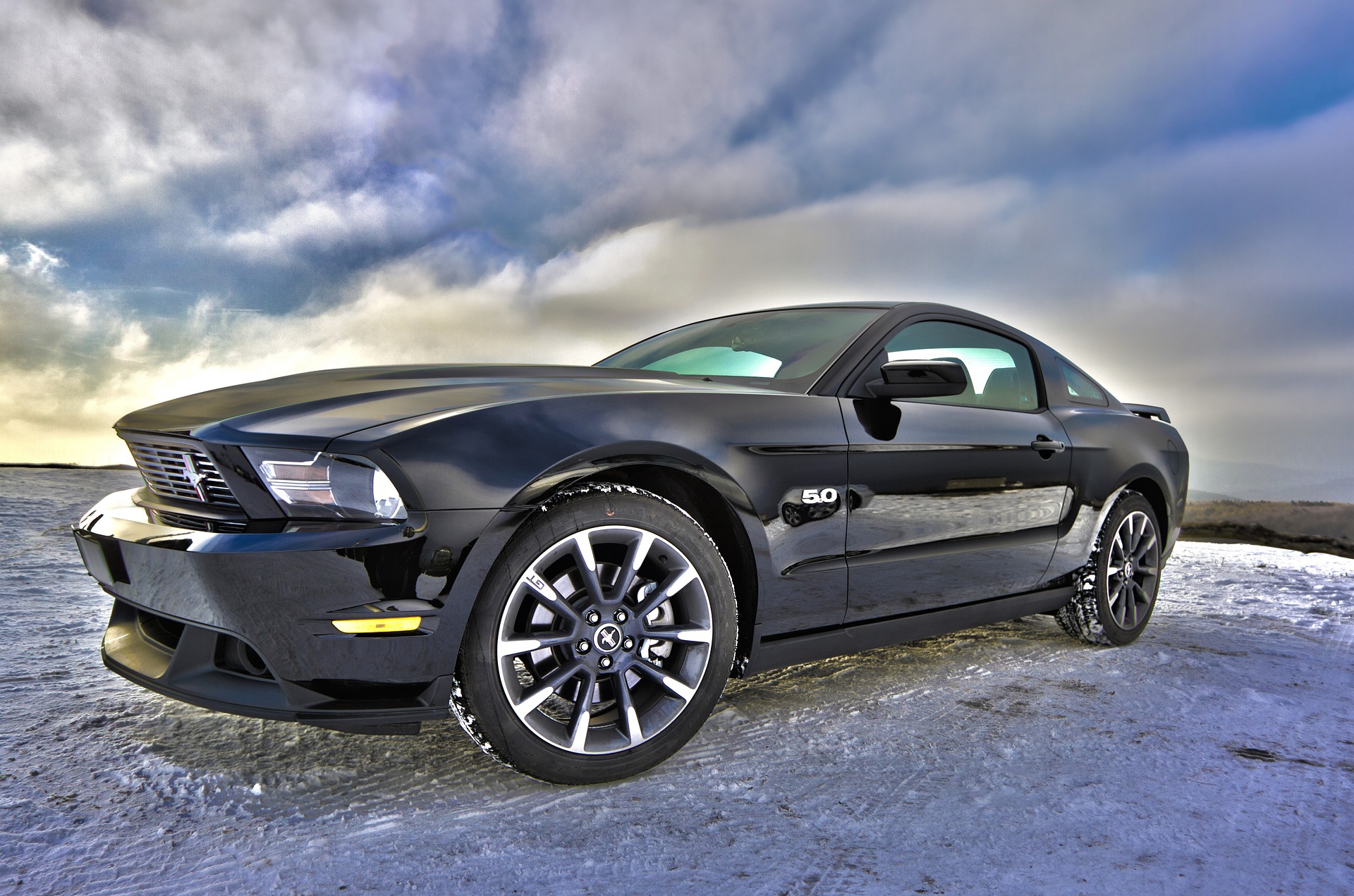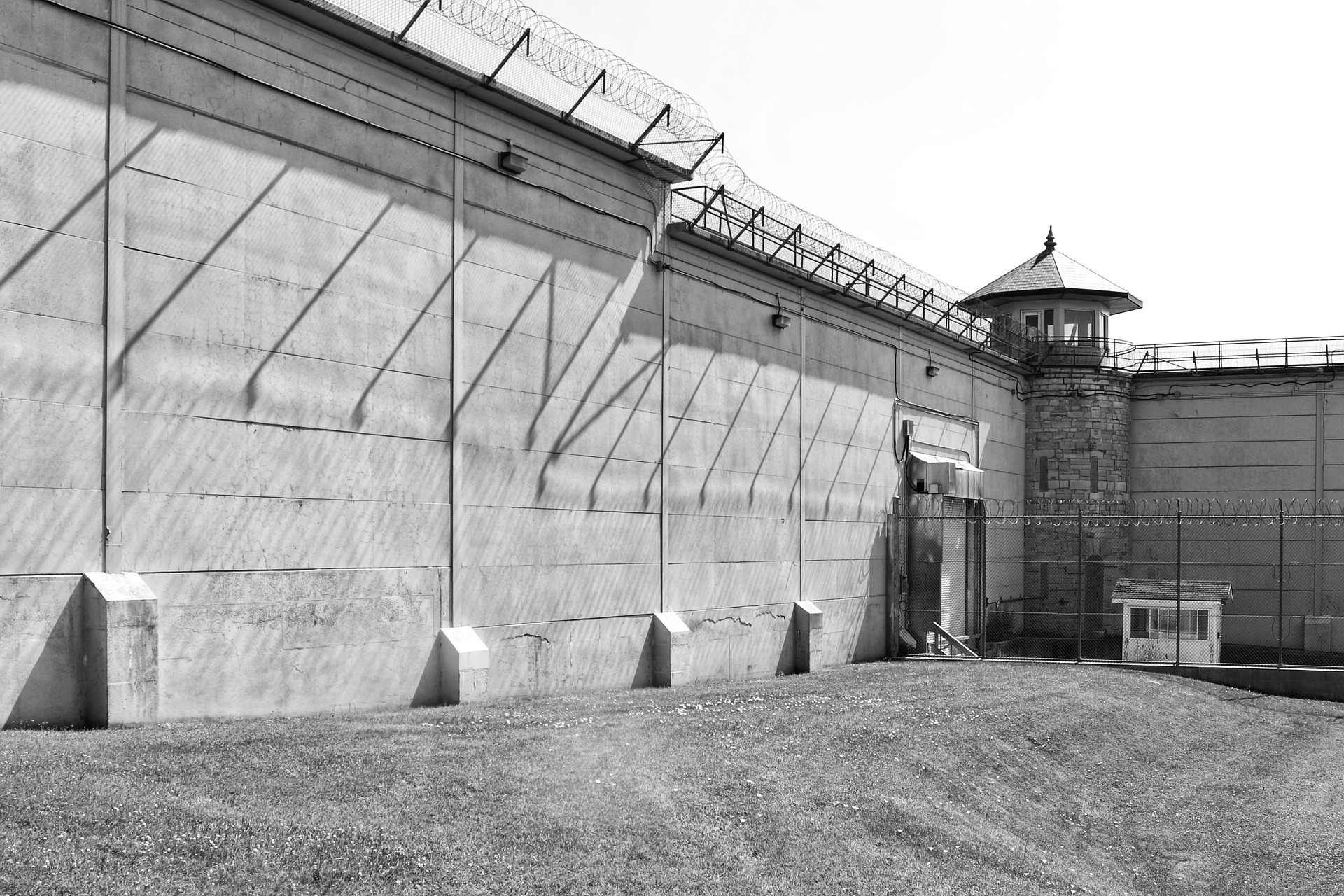The Power of Torque Vectoring for Vehicle Handling
Can you imagine the rally racer deftly maneuvering through that snaking mountain pass, leaving a dust storm in his wake? Then you've grasped the essence of torque vectoring—a technology that's only emerged in the last decade or two, but is already transforming high-performance vehicles and redefining automotive handling all around the world.
Understanding Torque Vectoring
Torque vectoring technology is an innovative answer to improving vehicle handling under challenging driving conditions. Its roots trace back to the 1990s, when Honda introduced their Super Handling All-Wheel Drive system. A far cry from the basic mechanical differentials of the time, this advanced system operated on clear physics principles—delivering varying torque outputs to individual wheels to prevent slipping and to optimize traction.
The Nuts and Bolts of Torque Vectoring
Instead of a one-size-fits-all approach that most drive systems adopted, torque vectoring introduced a revolutionary method to the world of automotive engineering. By analyzing the vehicle dynamics—like speed, throttle position, and steering angle—the system smartly channels power to the wheels that need it most. In other words, it enhances cornering ability by directing more torque to the outer wheels while reducing it on the inner ones.
The Present and Future of Torque Vectoring
Fast-forward to today, and numerous high-performance vehicles now come fitted with some form of torque vectoring. Recognizing its potential, manufacturers like Audi, BMW, and General Motors have developed sophisticated torque vectoring systems over the years. Interestingly, the industry is shifting from a mechanical approach to an electronic one—speeding up response times and offering even more precise control.
Making a Mark in the High-Performance Niche
Torque vectoring has found its most passionate advocates among high-performance drivers, with its popularity consistently growing since its inception. The technology has proven advantageous for powerful sports cars, helping them confidently negotiate sharp bends and challenging terrains—an attribute evidenced by the high-speed antics of rally racers and sports car enthusiasts.
Debating the Pros and Cons
Just like any revolutionary technology, torque vectoring has its detractors too. Critics argue that the increased complexity could lead to reliability issues down the line. Furthermore, the substantial computational power required might contribute to higher vehicle costs. Nonetheless, the benefits—better handling, improved responsiveness, and a safer driving experience—are compelling enough to offset these potential downsides.
Stepping on the accelerator while entering a cornering scenario, it’s not just power that pushes the car forward, but torque vectoring redistributes this power, amplifying grip, producing a better driving line, and making the ride safer. And as millions of drivers will testify, that is a feeling worth grabbing—making it crystal clear why torque vectoring will continue to reshape vehicle dynamics in the years to come.





